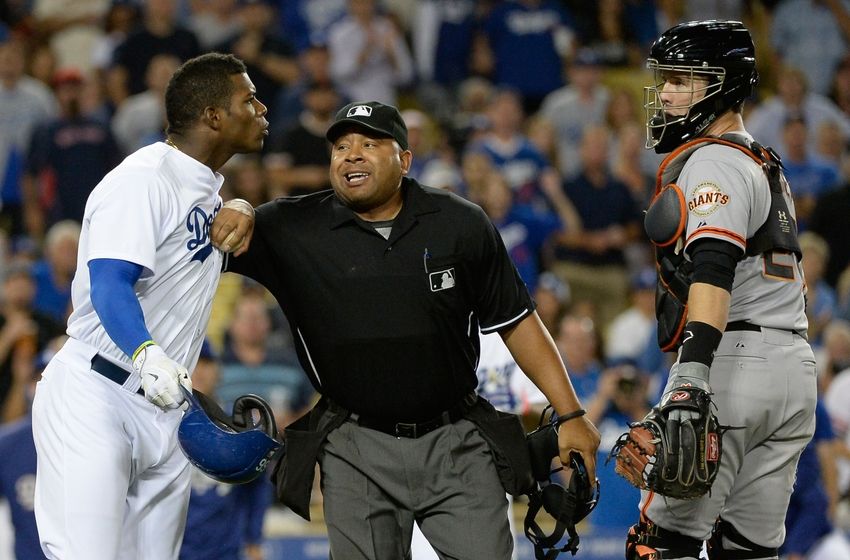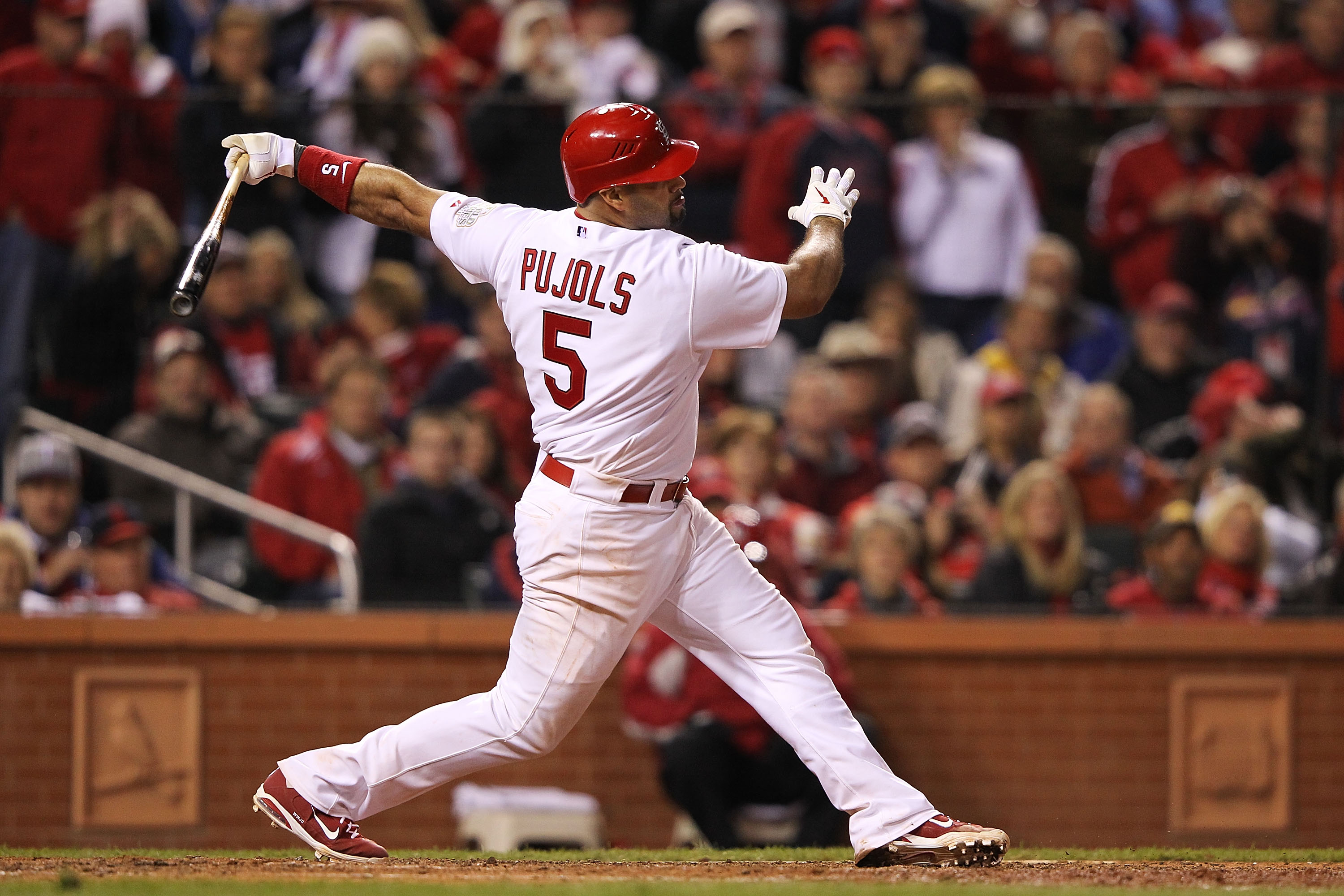The topic of batter vs. pitcher stats is one of the most polarizing in DFS, and while that’s not what I’m going to go into today, it is what got me thinking about familiarity with an opponent. Using the Divisional/Non-Divisional Opponent filter on Fantasy Labs, I’m going to look at the whether or not anyone gains an advantage when facing a familiar foe on a much broader level than individual BvP matchups.
Starting on a very general level, here are the Plus/Minus values, first for batters and then for pitchers:
If there were to be any actual correlation, it would need to be a parasitic relationship, meaning that one group gains value while the other loses value. It wouldn’t make sense for both batters and pitchers to add value to Plus/Minus since points from one group are coming at the expense of the other. As you can see, that’s exactly what the results showed. There is less overall value being added to Plus/Minus than with a lot of the filters I’ve looked at in other articles, but the sample size is much larger, which make the results worth considering.
Breaking the results down further, how does a pitcher’s K potential change in division/non-division games? Here’s what happened to the top 10% of pitchers in terms of Strikeout Percentile:
Since a strikeout is worth two points on DraftKings, you could say that a high K pitcher loses close to a full strikeout simply by facing a divisional opponent. Also concerning, pitchers lost nearly a full point when Vegas projected the opponent’s runs to be 3.7 or lower:
On the other hand, while batters weren’t able to finish in the green overall when Vegas projected their offense to score 3.7 or fewer runs, facing a divisional opponent did help soften the blow by 0.19 points over a huge sample size. When Vegas projected an offense to score 4+ on a divisional opponent, they also exceeded expectations:
Full disclosure, there were a few other hitter queries that I ran which did not fall in line with the overall results. For instance, the top 10% of batters by both wOBA and ISO Percentiles lost slight value against divisional opponents. I did not run into this at all with the handful of filters I applied on the pitching side. Looking at the results on the whole, if you are looking at a divisional game with this data in mind, there is a more compelling case to downgrade the pitcher than upgrade the bats.










